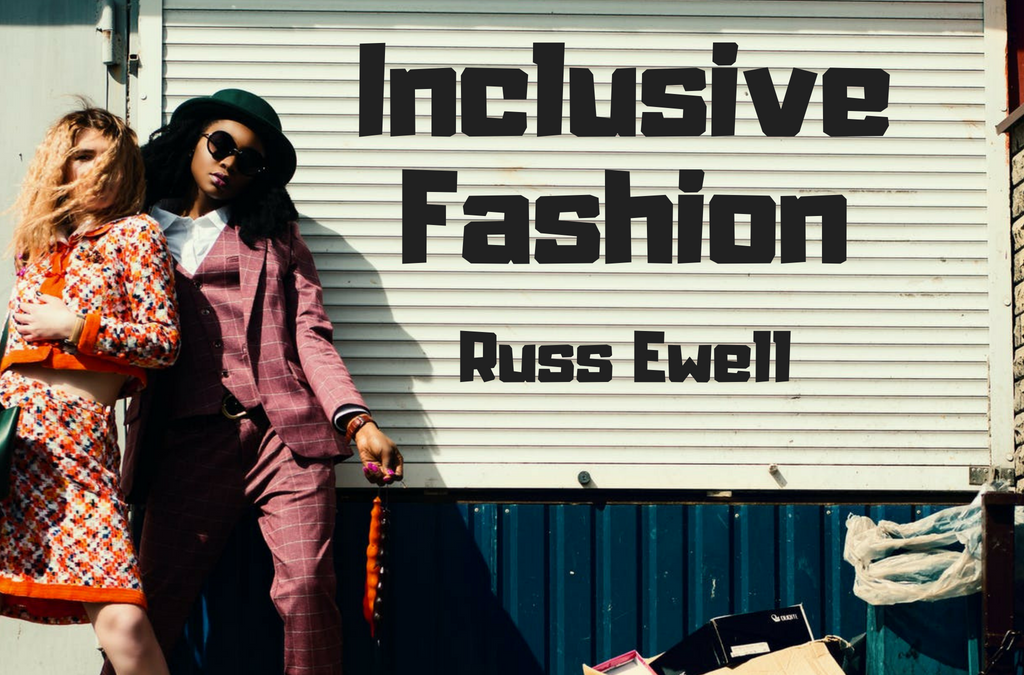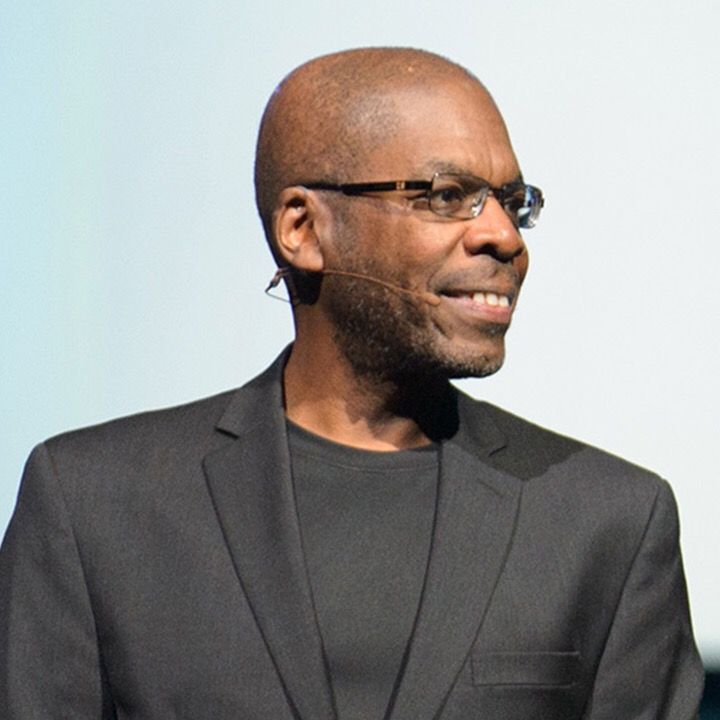Among the various obstacles that children and adults with disabilities face is something that able-bodied people likely never think about and totally take for granted — the ability to get dressed without any help. By and large, most clothing is designed for people whose bodies have no disabilities, and putting on such clothing requires two hands — and most fingers. Those with any sort of disability may have trouble finding clothing that fits their bodies or that doesn’t demand two fully-functional hands to don. Modern developments in technology have already begun tackling some activities of daily living that are difficult for the community, including eating and mobility. Now, some companies are focusing on the next frontier: fashion.
Mega-retailer Target was one of the first companies to jump aboard inclusive clothing and put a lot of marketing and publicity money behind their efforts to make their accessible clothing line mainstream. The focus of their first line of inclusive clothes was making them less irritating to children with sensory disabilities. For kids with autism, tags, inseams, zippers, and other staples of the fashion world could frustrate them to the point of dysfunction, so designing clothing for that demographic meant getting rid of all those nuisances. Upcoming, Target is releasing a line of inclusive adult clothing that spans a variety of sizes and also appeal to adults who have sensory disabilities called Universal Threads.
Other companies have begun to follow suit and create lines of clothing designed for people with disabilities. From making them with fewer “itchy” part for those with sensory disorders to simply making them easier to get into, brands from Tommy Hilfiger to Zappos have begun ensuring that their apparel offerings were inclusive and accessible.
TED speaker and grade-A fashionista Mindy Sheier had been for decades before she ever thought about venturing into adaptive clothing — until her own son was diagnosed with a form of muscular dystrophy that made getting dressed and fine motor skills incredibly difficult. After reducing him to sweatpants for the first eight years of his life, Mindy realized that her son took after her sense of fashion and wanted to dress like the other kids in school, despite his inability to navigate buttons and zippers. After jury-rigging a pair of boys’ jeans, Mindy went on to explore the whole world of clothing designed for those with impairments to regular life, including the elderly, those with physical handicaps, and those with cognitive disabilities.
Her personal experience with accessible fashion lead her to found the Runway of Dreams Foundation that specializes in researching and developing better options for adaptive clothing. From creative ways to get the clothing on to ways for the clothing itself to adjust to various disabilities, Runway of Dreams seeks to educate the fashion world about inclusion and provide solutions to some of fashion’s biggest accessibility problems. Some of their answers have included replacing buttons with magnets and adding elastic throughout clothing to make room for prosthetic limbs.
Making clothing both accessible and fashionable is an important step for better including those with disabilities into the world the rest of us inhabit.

